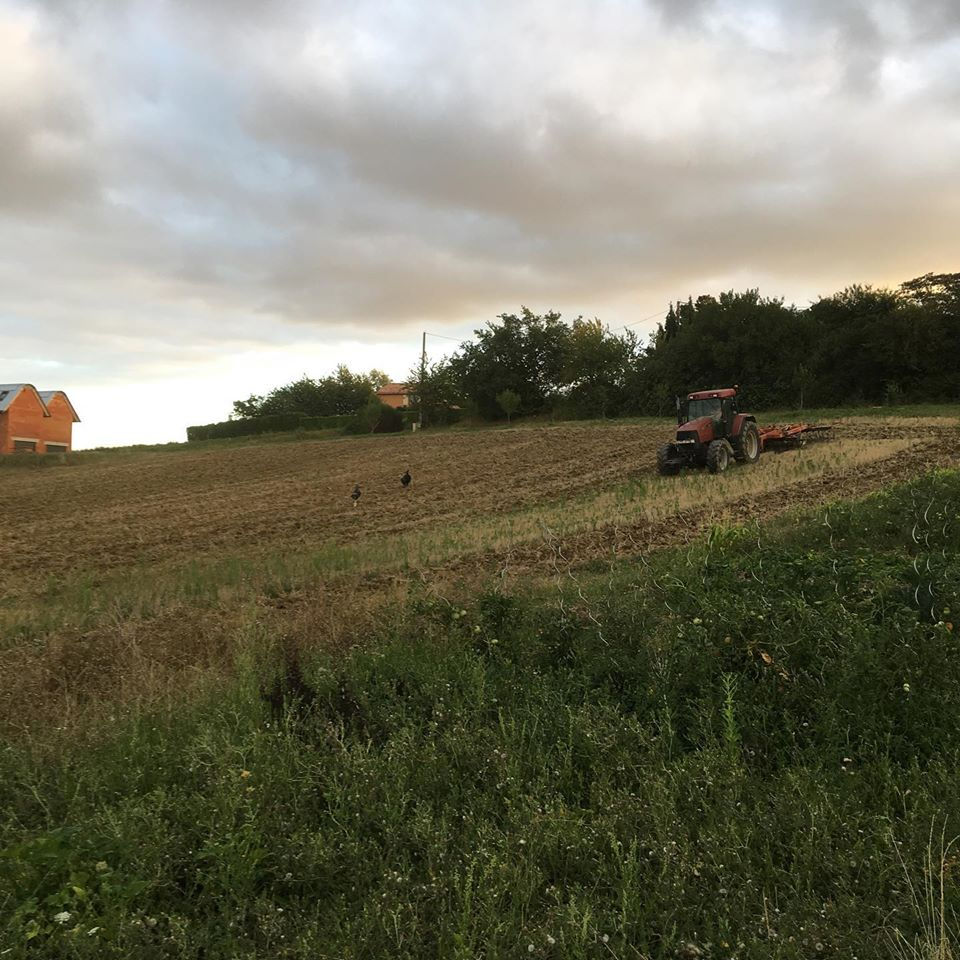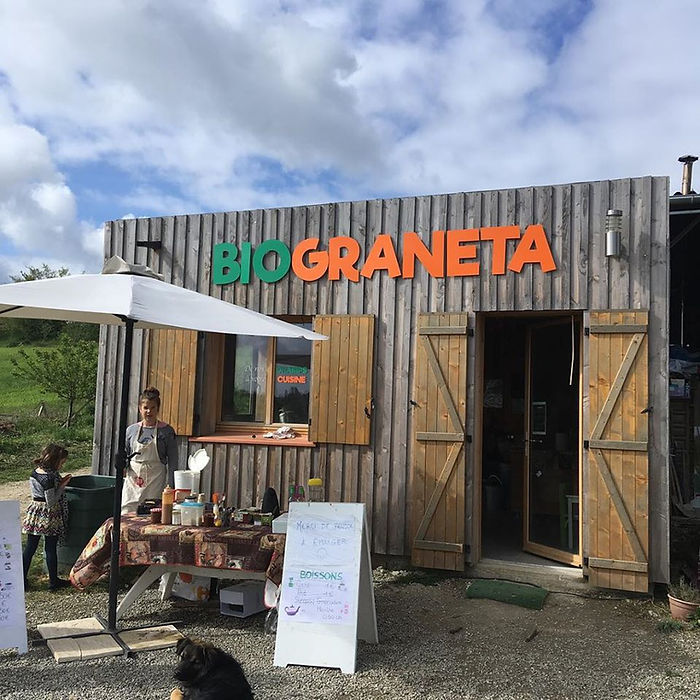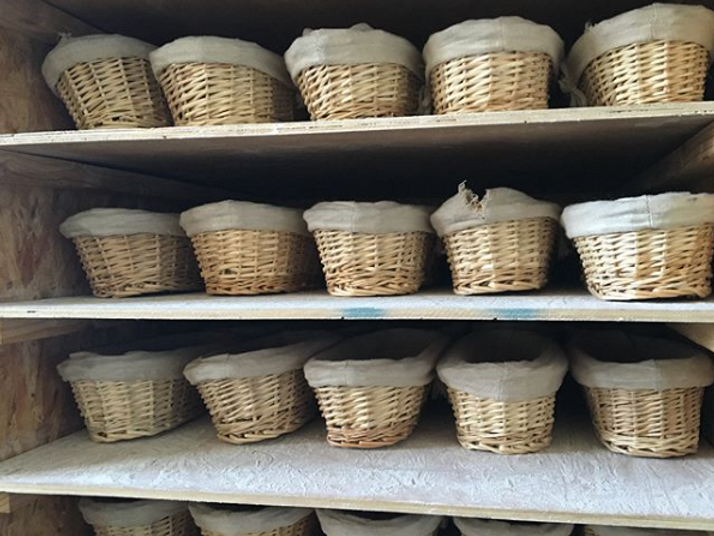Would you like to start producing organic pasta professionally, but don’t know where to begin? What are the steps involved in setting up such a project? What resources do you need? What strategy do you need to put in place to establish yourself in the market and attract the attention of consumers? Here are the four keys you need to know to make your action plan a success!
Before we get started, you’re probably familiar with them: we thought it was important to tell you about Biograneta as our case study for this article. If you’d like to find out more about this highly successful and highly committed company, here’s the Artisan Pasta Confections website, as well as their Video on how to make professional pasta.
Let’s go!
Key No. 1: owning a business
The idea is really to have control over the entire organic pasta production process. To stand out from the crowd, and show your customers that you control the whole chain from A to Z, and that they can therefore trust you about the origin of the products you sell, it might be worthwhile managing the growing of the cereals and their processing yourself.

So you can offer a product from field to plate! It’s sure to appeal to customers who are looking to return to short distribution channels by buying direct from producers.
Key No. 2: choose different cereals
If you want to stand out from the crowd in the professional production of organic pasta, it may be worth opting for different, differentiating cereals. Traditional wheat is the most frequently used: but to stand out from the crowd, choose more nutritious cereals, or revive older ones.
For example, you can choose to make organic pasta with buckwheat flour. Rich in protein, buckwheat is also full of fibre. As it is gluten-free, it is particularly easy to digest, and will appeal to those who suffer from gluten intolerance. It is also rich in phenolic acids and flavonoids, whose anti-inflammatory effects boost cardiovascular health. Appreciated for its nutty flavour, buckwheat will be your ally in your organic pasta production!
Biograneta has chosen to make its pasta from wheat and buckwheat. Stéphanie adds ‘buckwheat flour is gluten-free, very rich in magnesium and a powerful remineraliser’.

You can also turn to wholemeal spelt to make your own organic pasta. Rich in iron, copper, magnesium and vitamins, this cereal is an immense source of fibre.
Maize is also an interesting alternative for producing nutritious, quality organic pasta!
Key No. 3: Training in milling
Once you’ve decided what type(s) of cereal you’re going to grow for your professional organic pasta production, you’ll need to succeed in transforming this cereal into organic flour. After all, it’s this flour that you’ll use to make your food.
And to turn any cereal into flour, you need a professional electric flour mill. But choose carefully. Here are the criteria to follow:
- Choose a mill that doesn’t crush your grain, but unrolls it. In this way, you retain all the nutritional benefits of your grain: you keep every part of the grain, and succeed in making nutrient-rich organic pasta!
- Choose a low-speed mill: traditional stone mills and roller mills spin too fast, oxidising the grain. As a result, it loses a lot of its nutritional value, and you end up with a poor flour. Slower-speed mills allow you to produce wholemeal flour, which is richer.
In short, opt for a mill that allows you to create quality. Without it, all the work you’ve done upstream to grow nutritious cereals will be undone. The Astrié type mill meets these requirements and allows you to excel in the production of organic flour. To find out more about its major advantages, read our 5-step guide to choosing the right mill.
Biograneta also shows you a video in which they use the Astrié Mill from Astréia.
Key no. 4: Learn how to make pasta
To start producing organic pasta professionally, all you need to do is learn how to use pasta machines. Training courses are available to help you :
- Make a malleable dough that is easy to work with
- Insert it carefully into the flattening rollers
- Work the dough so that it is perfectly smooth and supple
- Use the right accessories for the models you have chosen
- Clean your machines properly to maximise their lifespan
You’ve done it: now you know what steps to take to realise your project for professional organic pasta production. Start by growing a variety of nutritious cereals. Then carefully transform them into quality flour (the Astrié mill is your greatest ally!). Then take advantage of pasta machine training to make rich, healthy food. By choosing the best tools, you’ll produce the best pasta!


